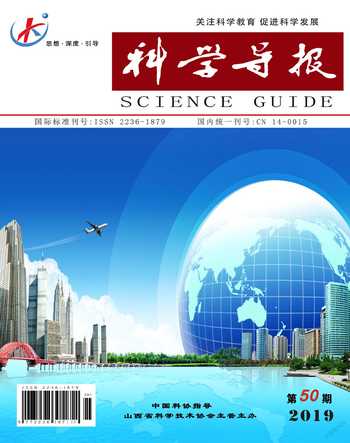Review of Key Issues of Using Portfolio in Education
DING Peng
Abstract:There has been concern on how to develop process portfolio and its rubrics as well.This article reviews some major researches on process portfolio development in terms of purpose,content and rubrics etc.Researches show that purpose is the primary consideration,and content,student age and administrative context are to be seriously considered in portfolio development.
Key words:Portfolio,assessment,process,purpose,content
Introduction:
Portfolios in language classrooms today are a highly flexible instructional and assessment tool According to available literature,two types of portfolio are mainly discussed according to different purposes:showcase portfolio(Richter,1997)and process portfolio,in which process portfolio is the focus of discussion.Paulson and Paulson(1994)described the Cognitive Model for Assessing Portfolio(CMAP)and assumed that the process portfolio would be a portfolio model that contains ongoing work and student self-reflection.For the purpose of assessment,they divide the growth of portfolio into four stages:from the early stage of off-track portfolio,emerging portfolio,to on-track portfolio and finally outstanding portfolio—a fully developed,mature portfolio.
In a longitudinal study of one of NSW primary schools in Australia,Brady(2004)investigated the changes in teachers’ perception of the purpose and content of portfolio based on the data collected on three different occasions over a five-year period.The result shows a parent declining perception of portfolios as showcases of student and an increasing perception of them as strategic collection of work.Moreover,Murphy & Smith(1992)believe that purpose is important and would govern the content.They infer that purposes would have effect on process and content.Thus,Brady’s(2004)argument holds water in that the purposes governing portfolio content and process require equivalent rubric for each purpose.
Though there is inconsistency between rubrics and purpose,Paulson and Paulson(1994)state far more clearly the importance of self-reflection.They think self-reflection is integral to portfolio and is an important aspect of portfolio as a medium of learning.Many researchers have admitted the great impact of reflection on teachers and students(Weigle,2007;Hamp-Lyon,2000),but it is only Paulson and Paulson(1994)that look into self-reflection in such depth and presented the four varieties of it occurred in the classroom as follows:
Documentation:why they select the item
Comparison:compare similarities and differences of items in portfolio.
Integration:what the portfolio tells in an overall sense
Presentation:review portfolio from the perspective of others.
All these varieties of reflection indicate that purposes,content and reflection of portfolio are indispensable.Documentation is much like the statement of purpose,and comparison indicates there must be different kinds of writing included in.Although there is no single correct way to develop portfolio programs,in all of them students are expected to collect,select,and reflect(Murphy & Smith,1992).Besides,students need specifics with clear guidelines and examples to get started on their work,so these discussions need to be well guided and structured.
The content in portfolios is built from class assignments and as such corresponds to the local classroom curriculum.Portfolio is very flexible in content and it is individual decisions on what to put into a portfolio(Murphy & Grant,1996).As a result,the danger of portfolio is that it would decrease value in education if not carefully designed.However,whoever decides the content,purpose would govern what to put in.
The age/grade level of students may determine how portfolios are developed and used.For example,in developing criteria for judging good writing,older students are more likely to be able to help determine the criteria by which work is selected,perhaps through brainstorming sessions with the teacher and other students.Younger students may need more directed help to decide on what work to include.Older students are generally better at keeping logs to report their progress on readings and other recurrent projects.Also,older students often expand their portfolios beyond written material to include photographs or videos of peer review sessions,science experiments,performances,or exhibits.
Administrative context also influence the structure and use of portfolios.While the primary purpose of portfolios for most teachers is to engage students,support good curricular and instruction,and improve student teaming,some portfolio programs are designed to serve other purposes as well.Teachers and administrators need to educate parents about how portfolios work and what advantages they offer over traditional tests.All portfolios--across these diverse curricular settings,student populations,and administrative contexts--involve students in their own education so that they take charge of their personal collection of work,reflect on what makes some work better,and use this information to make improvements in future work.
References
[1] Cambridge,D.(2010).E-Portfolios for lifelong learning and assessment.San Francisco,CA:Jossey-Bass
[2] Hamp-Lyons,L.,& Condon,W.(2000).Assessing the portfolio:Principles for practice,theory,and research.Cresskill:Hampton Press.
[3] Hyland,K.(2002).Teaching and researching writing.Pearson Education:London.
[4] Weigle,S.(2007).Teaching writing teachers about assessment.Journal of Second Language Writing,16(3),194-209.
[5] Yin,M.(2014).Portfolio assessment in the classroom.In A.J.Kunnan(Ed.),The companion to language assessment(Vol.II,pp.659-676).Oxford,UK:Wiley.
(作者單位:School of Foreign Languages;Shandong University of Technology)

